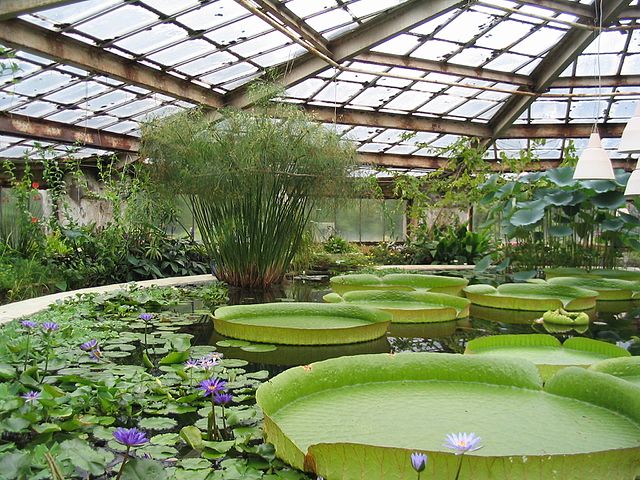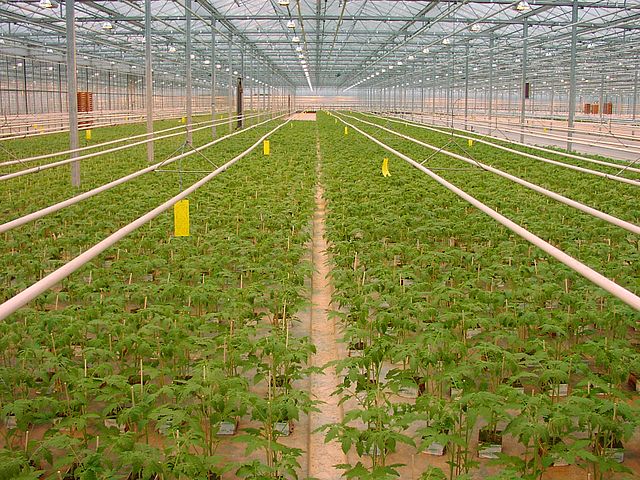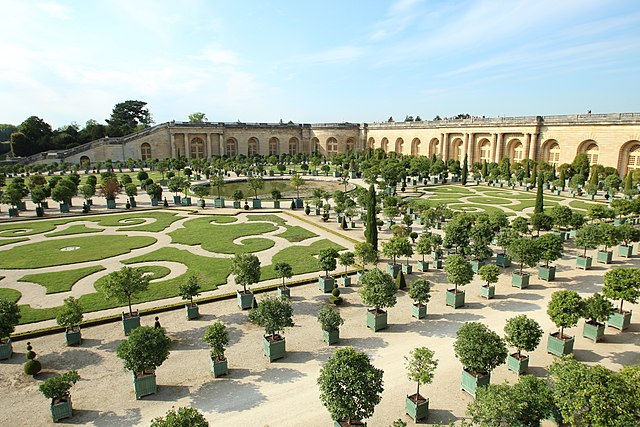The IBTS greenhouse is a biotectural, urban development project suited for hot arid deserts. It was part of the Egyptian strategy for the afforestation of desert lands from 2011 until spring of 2015, when geopolitical changes like the Islamic State of Iraq and the Levant – Sinai Province in Egypt forced the project to a halt. The project begun in spring 2007 as an academic study in urban development and desert greening. It was further developed by N. Berdellé and D. Voelker as a private project until 2011. Afterwards LivingDesert Group including Prof. Abdel Ghany El Gindy and Dr. Mosaad Kotb from the Central Laboratory for Agricultural Climate in Egypt, Forestry Scientist Hany El-Kateb, Agroecologist Wil van Eijsden and permaculturist Sepp Holzer was created to introduce the finished project in Egypt.
Financial planning with design points
Weighted GDP
A greenhouse is a special structure that is designed to regulate the temperature and humidity of the environment inside. There are different types of greenhouses, but they all have large areas covered with transparent materials that capture sunlight and heat. The most common materials used in modern greenhouses for walls and roofs are rigid plastic made of polycarbonate, plastic film made of polyethylene, or glass panes. When the inside of a greenhouse is exposed to sunlight, the temperature increases, providing a sheltered environment for plants to grow even in cold weather.
Victoria amazonica (giant Amazon waterlilies) in a large greenhouse at the Saint Petersburg Botanical Garden
Young tomato plants for transplanting in an industrial-sized greenhouse in the Netherlands
Cucumbers reached to the ceiling in a greenhouse in Richfield, Minnesota, where market gardeners grew a wide variety of produce for sale in Minneapolis, c. 1910
Versailles Orangerie at the Palace of Versailles, France.






